How Advertising Influences Consumer Behaviour: Guide for Marketers in Hong Kong
Want to save time?
Summarize this article in seconds with AI
Every business wants more customers, more clicks, more sales. But before someone decides to buy, a lot is happening behind the scenes. People are influenced by what they see, how they feel, and how often your brand shows up. That’s consumer behaviour, and it plays a huge role in whether someone chooses your brand over someone else.
Advertising plays a crucial role in shaping consumer buying behaviour, especially among younger audiences like Gen Z. With the right strategies and consideration, you can capture attention, build trust, inspire action, and foster loyalty. By understanding and applying consumer behaviour marketing, you can create campaigns that connect on a deeper level and lead to better results.
1. Exposure...become what they remember
Think about the brands that come to mind when you’re ordering coffee, shopping online, or booking a holiday. Chances are, you’ve seen their ads more than once.
That’s because repeated exposure builds familiarity. And familiarity builds trust. It’s one of the oldest tricks in the advertising playbook—and it still works.
If you want to shape consumer behaviour, your brand needs to show up often and in the right places. A single Instagram ad won’t do the trick. You need presence on screens, in the streets, at eye level.
Let's bring back this massive Taobao 11.11 campaign in October 2024 to illustrate exposure:
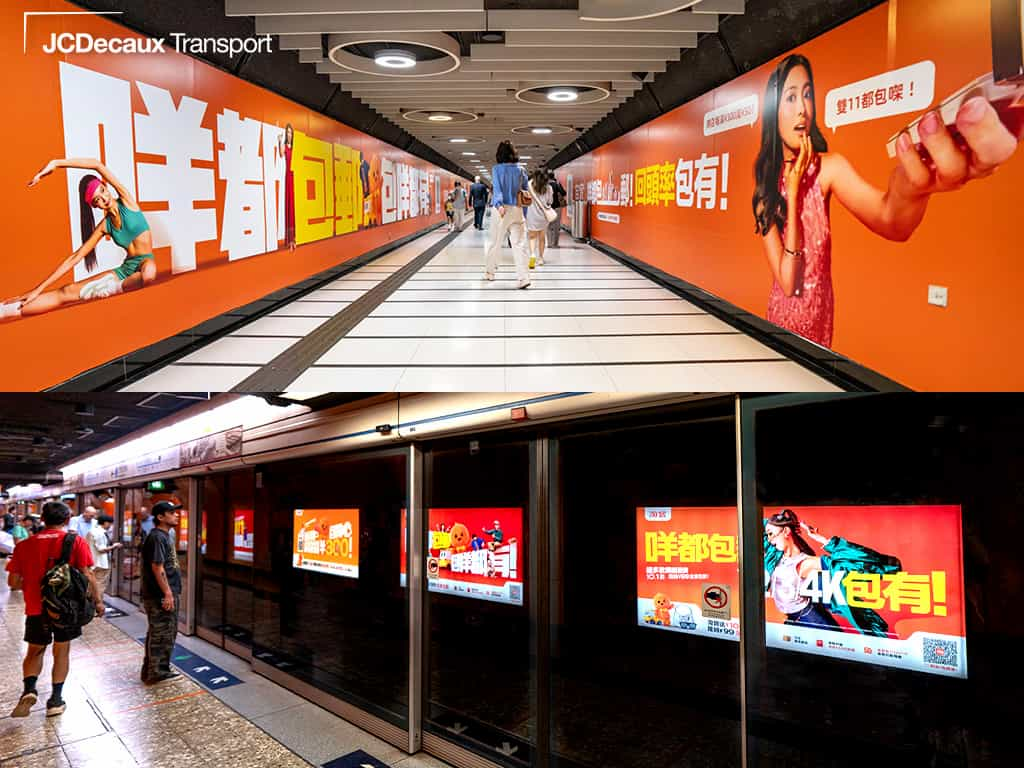
Source: JCD Transport
This was a large-scale campaign that, in MTR stations alone, had extensive repeated exposure. From trackside lightboxes, walkway screens, tunnel wall stickers...many major stations were fully decorated with this campaign. You’d see the same visuals at multiple touchpoints during a single commute. The effect? Instant brand recall, even for those who weren’t actively planning to shop. That kind of saturation sticks.
2. Tap into emotions with authenticity
People don’t buy because the product specs are amazing. They might. But that's not the whole story. They buy because something made them feel good, excited, seen, or even nostalgic.
This emotional connection is what advertising, if done correctly, can incite. It can separate a scroll-past moment from a campaign that sticks. Consumer behaviour marketing speaks to values, identity, or ambition.
A billboard near a shopping area shows a message about reconnecting with loved ones, linked to a telecom brand.
→ Builds emotional connection and brand recall.A digital screen in the MTR shows a quick, relatable scene of someone ordering dinner after work.
→ Sparks action in the moment.
A skincare brand runs raw, real-feeling videos about self-acceptance.
→ Builds trust and encourages trial.A food app shows a funny couple moment ending in a shared meal.
→ Makes the brand feel part of everyday life.
TV:
A bank ad follows someone saving up to launch their dream business.
→ Links the brand with support and ambition.A pet food brand shows dogs welcoming their owners home.
→ Taps into emotion and loyalty, nudging toward premium options.
3. Gen Z Sees Through the BS
If your audience includes anyone under 30 in 2025 , pay attention to Gen Z consumer behaviour. They’re smart, skeptical, and quick to tune out anything fake or overly polished.
This generation values authenticity and transparency more than production value. They care about what your brand stands for and whether you walk the talk. It's not so much a conscious decision, it's a subconscious one.
How to win them over:
Partner with micro-influencers, not just celebrities.
Show behind-the-scenes content.
Be honest! Yes, even about your flaws or challenges.
Luxury fashion brands struggle in this particular task, as the industry itself has always thrived on "untouchability", whatever it is opposite of "polished". Many brands have tried and failed to appeal to Gen Z and beyond.
A clear example is Balenciaga’s 2022 disastrous campaign, which featured children holding teddy bears in bondage gear, sparking outrage across TikTok and forcing the brand to pull the campaign and issue a public apology. It showed just how quickly Gen Z can reject a brand when it crosses a line. We will not show photos because... it's rather inappropriate.
On the another hand, Loewe has been making the right choices when it comes to Gen Z consumer behaviour. They respond to social media feedback and trends rapidly. Most notably, the recent "tomato bag" viral moment:
It all started with a post on X by a user, then shared by Loewe's Creative Director Jonathan Anderson, that had gone viral:

Loewe was on the pulse and responded to it quickly by custom-making "tomato" design and sent it to the user, creating the much deserved buzz online. They even shared the behind-the-scene of this project:
The Instagram reel showcasing the bag has garnered nearly 3 million views, and Loewe’s TikTok presence consistently hits over a million views per video, helping grow its follower base to around 2.3 million.
Why it worked?
Loewe elevated a meme with craft, humour, and incredible timing.
They were fast: from tweet to reel to product in days.
The brand maintained its luxury credentials while playing with viral culture, making it feel authentic and strategic.
4. Data Isn’t Boring. It’s Your Best Friend.
Believe it or not, many brands still make decisions soley based on gut feeling or what their competitors are doing. But if you want to influence consumer buying behaviour, you need real insights.
That’s where consumer behavior research comes in. It tells you what makes people react: why they click, why they scroll past, why they choose your competitor instead of you.
Take Zalora, for example. When they made a small design tweak to highlight “free delivery” badges on their product pages, they saw a 12.3% boost in checkouts:
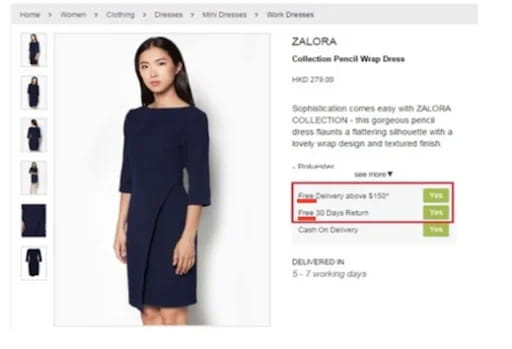
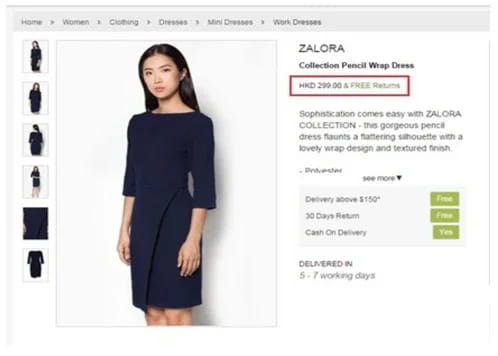
Source: VWO
In the finance world, First Midwest Bank tested different landing page formats, changing the layout of a signup form and adding localized imagery. The winning version drove a 195% increase in conversions. All because they paid attention to what felt right to their audience.
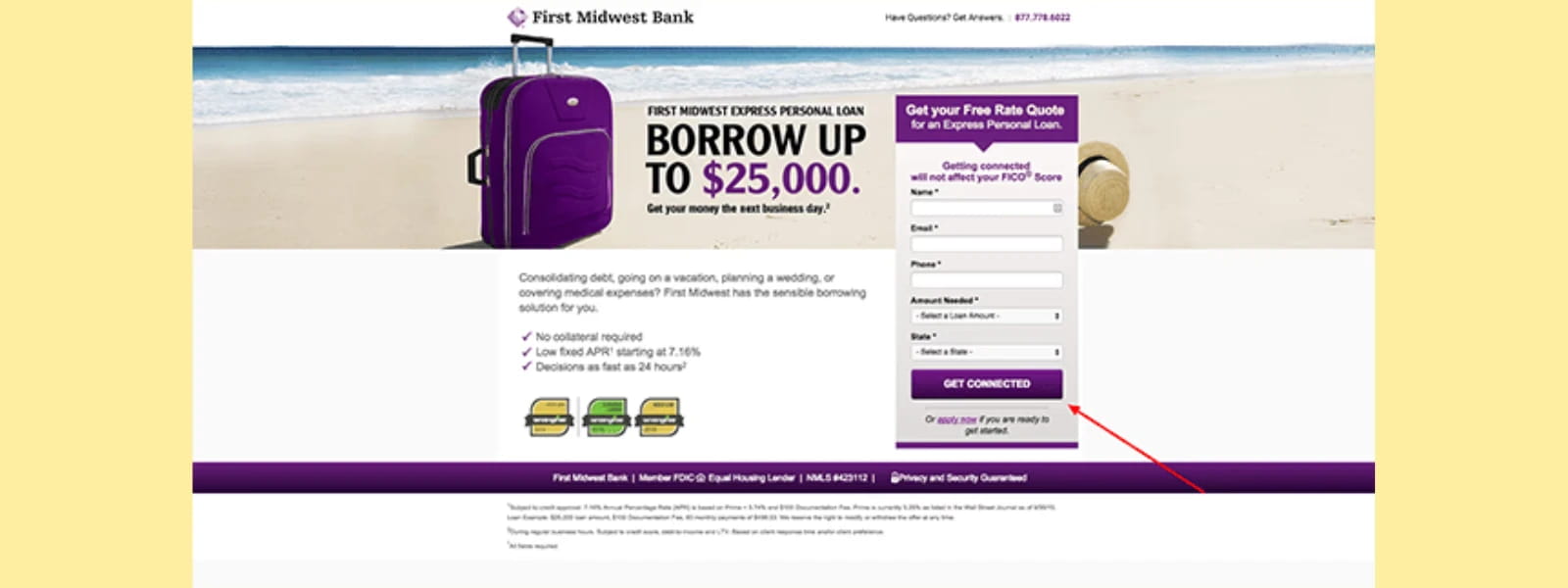

Source: Fibr.ai
5. Build a Strategy That Matches How People Actually Behave
This is where it all comes together. You’ve got the insights, you know the emotional triggers, and you’ve figured out where your audience hangs out. Now it’s time to apply all of that to your campaigns. That’s consumer behavior building marketing strategy in action, using real behavioural insight to guide your ad formats, your messages, and even your budget.
Let's see some examples!

Source: VIOOH
Sun Life teamed up with Hivestack, Havas Media HK, and JCD to launch a programmatic DOOH campaign at airport baggage claim. They served Simplified Chinese creatives for flights from Mainland China and English versions for other international flights, automatically triggered based on real-time flight data. The result: over 1.7 million impressions, with contextually relevant ads right when travellers were most receptive.

Source: Moving Walls
Another travel-related example is by Air Asia in 2023. They ran a seven-week DOOH campaign for its “7 Million Free Seats” promo, using dynamic countdown creatives in high-traffic areas. Programmatic delivery ensured relevance based on location and time. Result: strong impressions and immediate booking spikes.
Learn from these campaigns and...
Sync channels: Pair presence on mobile with OOH. If someone sees your Banner on their phone during a commute, reinforce it with a digital billboard as they walk.
Use smart triggers: Geotarget near stores or use flight/commute data to serve language-specific messaging in real time.
Track true actions: Monitor impressions and outcomes like app installs, store visits, bookings, or QR scans.
Measure uplift not just reach: Studies show adding DOOH to digital campaigns increases mobile engagement by up to 46%, and boosts overall reach by 300%.
Final Takeaway
Advertising affects consumer behaviour more than most people think. Only when it’s done with intent. If your goal is to build real brand love, influence consumer buying behaviour, and win over audiences like Gen Z, you need to dig deeper than “get more eyeballs.”
Start with emotion. Layer in repetition. Back it all up with insight. Whether you’re launching a new product or rethinking your media strategy, understanding the why behind how people behave is your ultimate edge.
No fluff. No guesswork. Just ads that actually work!
 Cookie preferences
Cookie preferences

.jpg)
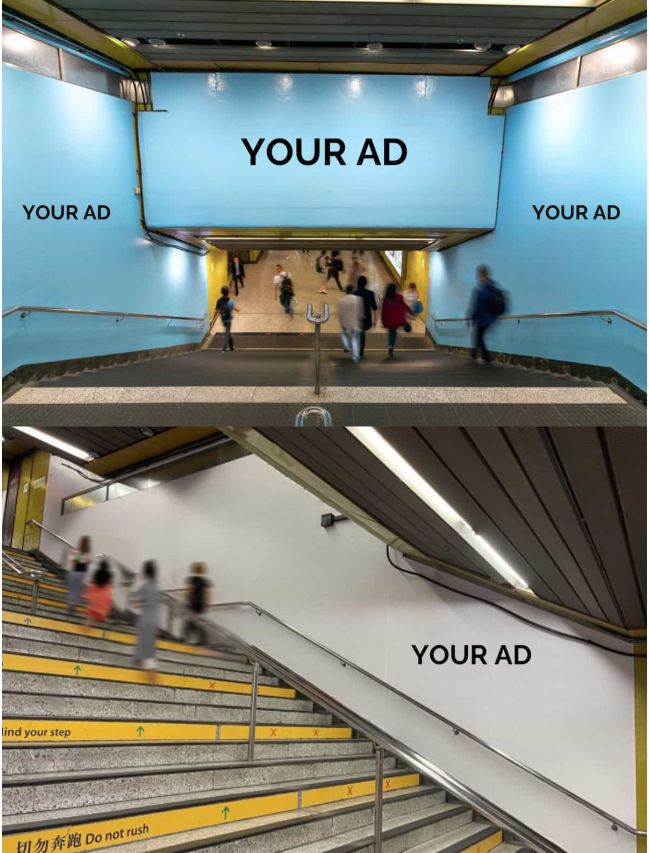
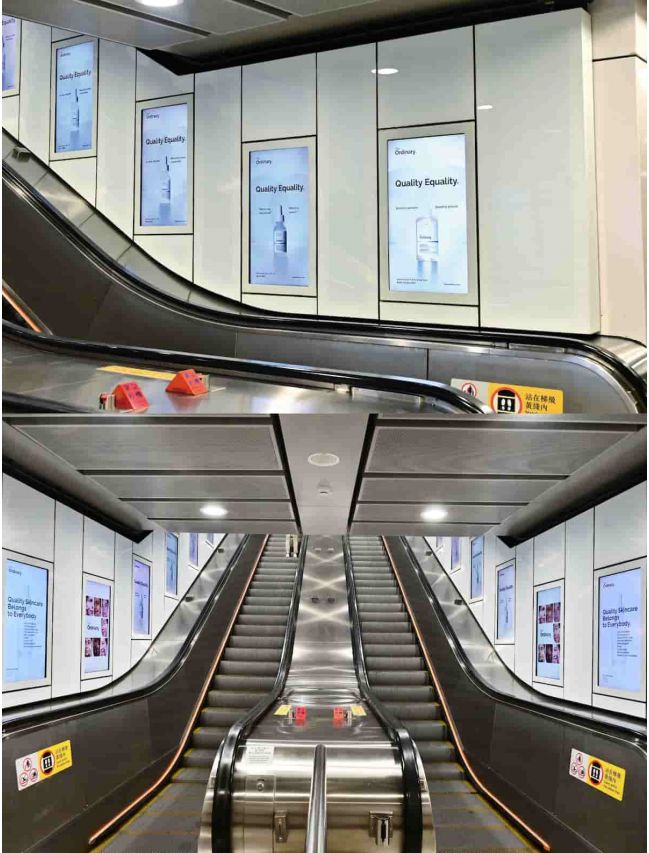

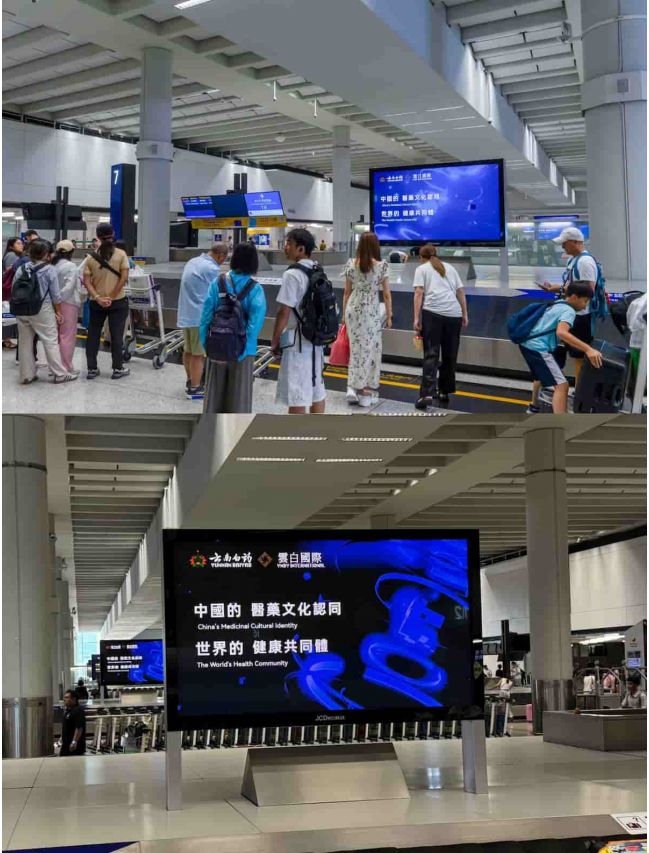
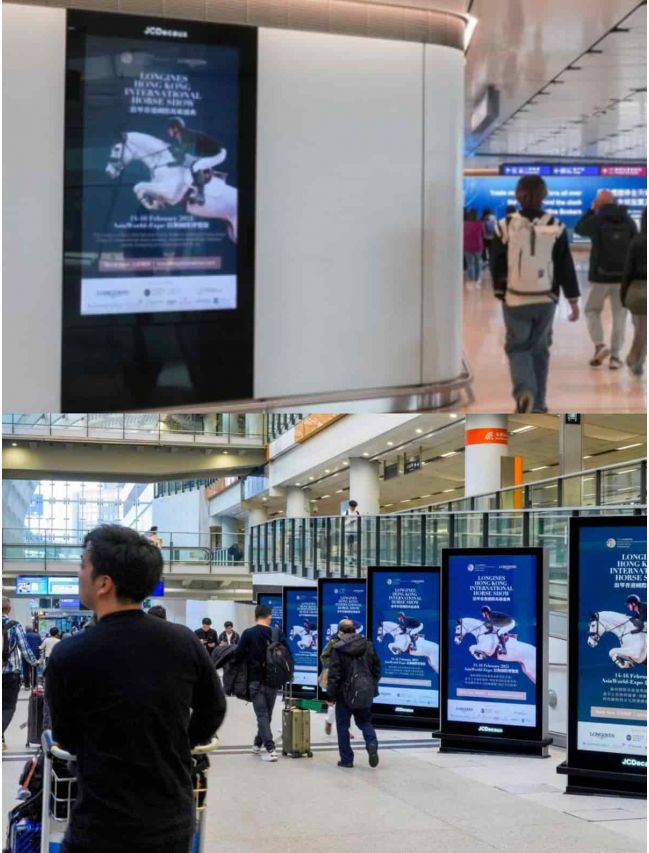
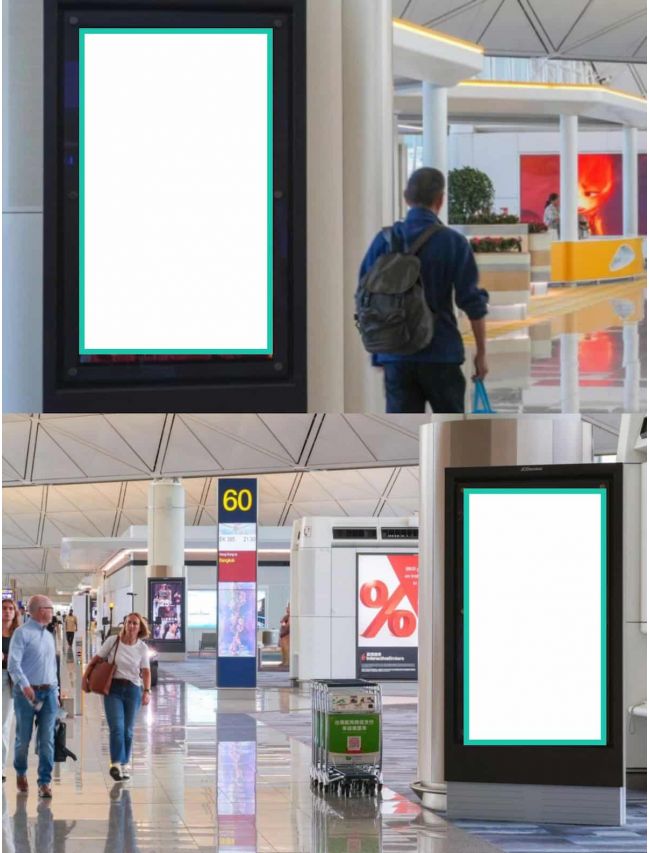
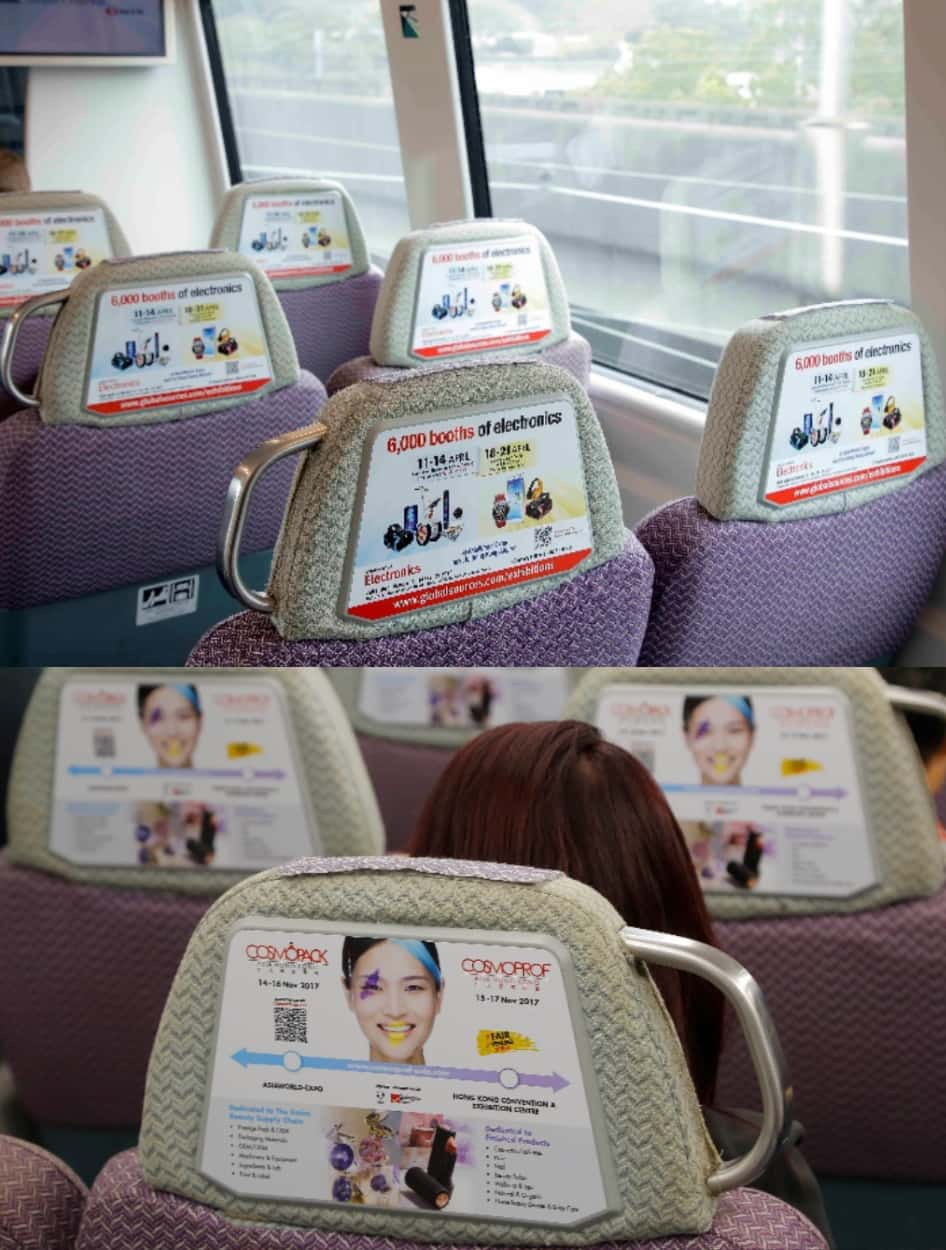







 Xiaohongshu Advertising Guide: How Can Hong Kong Brands Maximize Their Results?
Xiaohongshu Advertising Guide: How Can Hong Kong Brands Maximize Their Results?
 2x your advertising effectiveness: Master big data to optimize ad ROI
2x your advertising effectiveness: Master big data to optimize ad ROI
 Top 5 Best Ads in 2025 in Hong Kong
Top 5 Best Ads in 2025 in Hong Kong
 Hong Kong Outdoor Advertising Cost in 2026 | Adintime Report
Hong Kong Outdoor Advertising Cost in 2026 | Adintime Report
 Marketing Calendar 2026: Key Dates For Marketing Success
Marketing Calendar 2026: Key Dates For Marketing Success
 The Most Widely-Read Magazine and Newspaper in Hong Kong
The Most Widely-Read Magazine and Newspaper in Hong Kong
 Understanding YouTube Advertising Costs in 2025
Understanding YouTube Advertising Costs in 2025
 OOH /DOOH advertising in Hong Kong: Formats and Rates (2025 Update)
OOH /DOOH advertising in Hong Kong: Formats and Rates (2025 Update)
 How much does LinkedIn Advertising Cost? (2025 Update)
How much does LinkedIn Advertising Cost? (2025 Update)
 Press Ad Basics: Types, Formats and Ad Price
Press Ad Basics: Types, Formats and Ad Price